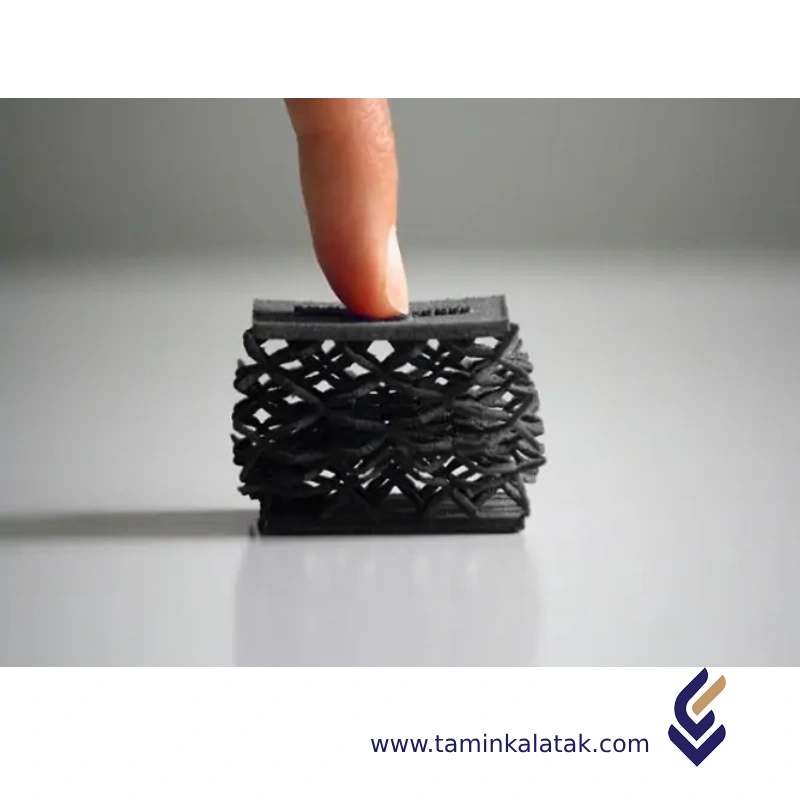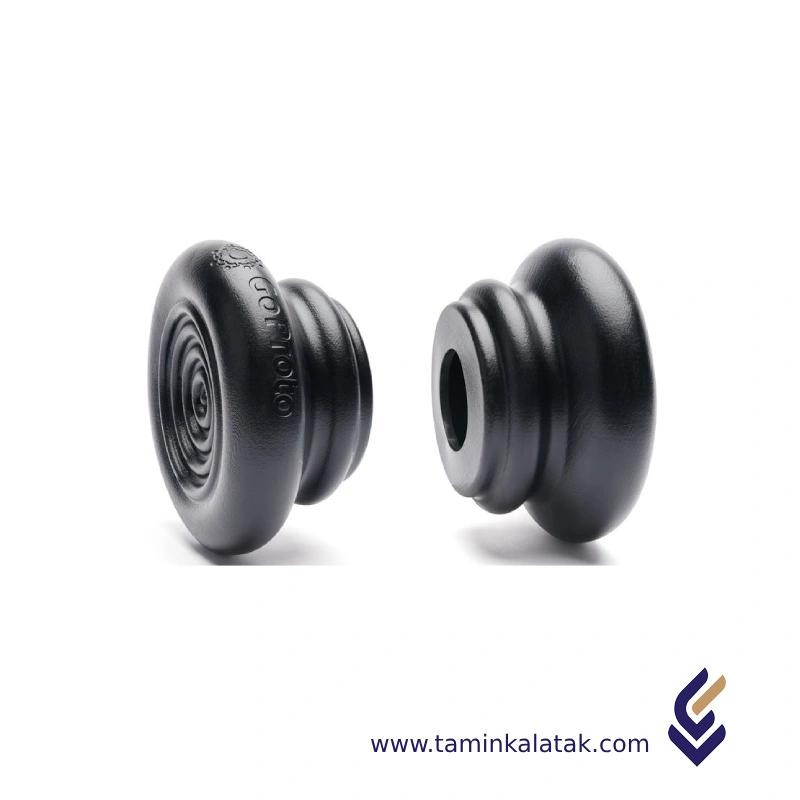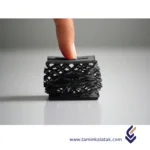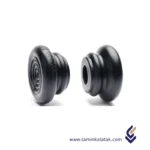Polymers are made up of very large molecules made up of many repeating units called monomers, which ultimately form this long polymer chain
A thermoplastic is a type of plastic polymer that becomes moldable or flexible at a certain temperature and solidifies upon cooling. This property allows it to be repeatedly softened by heating and hardened by cooling without significant chemical change.
Thermoplastic PolyAmide elastomer (TPA)
Thermoplastic Polyamide Elastomer (TPA) is a type of thermoplastic elastomer (TPE) that combines the flexibility and elasticity of elastomers with the strength and processability of thermoplastics. TPAs are composed of alternating soft and hard segments, where the soft segments provide elasticity, while the hard segments (typically polyamide-based) contribute to mechanical strength and thermal stability.
Structure
The structure of Thermoplastic Polyamide Elastomer (TPA) consists of a phase-separated morphology with alternating soft and hard segments. The soft segments are typically composed of polyether or polyester chains, which provide flexibility, elasticity, and low-temperature performance. The hard segments are derived from polyamide (nylon) components, contributing to mechanical strength, chemical resistance, and thermal stability. This block copolymer structure allows TPAs to exhibit both rubber-like elasticity and thermoplastic processability. The hard polyamide domains act as physical crosslinks, reinforcing the material and providing shape stability, while the soft segments allow for stretchability and energy absorption. This unique microstructure enables TPAs to maintain excellent mechanical properties while being reprocessable and recyclable like conventional thermoplastics.
Properties
Thermoplastic Polyamide Elastomer (TPA) exhibits a unique combination of flexibility, strength, and chemical resistance, making it a highly versatile material. It possesses high elasticity and excellent recovery, allowing it to behave like rubber while maintaining thermoplastic processability. TPAs offer superior mechanical strength, abrasion resistance, and durability, making them suitable for demanding applications. They also demonstrate outstanding chemical and oil resistance, particularly against fuels, solvents, and industrial chemicals, which enhances their performance in harsh environments. Additionally, TPAs have good thermal stability, allowing them to withstand a wide range of temperatures without significant degradation. However, due to their hygroscopic nature, they tend to absorb moisture from the environment, requiring proper drying before processing. Despite this, their lightweight nature, recyclability, and ease of processing through standard thermoplastic methods such as injection molding and extrusion make TPAs an attractive choice for various industries, including automotive, electronics, and medical applications.
Applications of TPA
- Automotive: Fuel lines, air ducts, seals, gaskets, and hoses.
- Electronics: Wire insulation, connectors, and protective casings.
- Medical Devices: Tubing, catheters, flexible components, and grips.
- Industrial Machinery: Conveyor belts, seals, vibration dampeners, and flexible couplings.
- Sports & Consumer Goods: Shoe soles, flexible grips, protective gear, and wear-resistant textiles.
Advantages of TPA
High chemical and oil resistance – Withstands fuels, solvents, and industrial chemicals.
Excellent mechanical strength – Offers toughness, durability, and abrasion resistance.
Good flexibility and elasticity – Provides rubber-like properties with thermoplastic processing benefits.
Wide temperature range stability – Performs well in both high and low temperatures.
Lightweight and recyclable – More sustainable compared to traditional rubber.
Easy processing – Can be injection molded, extruded, or blow molded.
Disadvantages of TPA
Higher cost – More expensive than standard thermoplastic elastomers (TPEs).
Hygroscopic nature – Absorbs moisture, requiring drying before processing.
Lower flexibility than fully vulcanized rubber – May not match the elasticity of certain elastomers.
Limited UV resistance – Some grades may require UV stabilizers for outdoor applications.
Applications
| Applications | , , , |
|---|
TPA
| Products | Melting point | Density (g/Cm3) | Process Metod | Applications | Data Sheet | MSDS |
|---|---|---|---|---|---|---|
| TPA | 160°C and 210°C | 1-1.2 | Injection molding, extrusion, blow molding,3D printing | Seals, gaskets, air ducts, Sportswear, watch straps, phone cases,Catheters, tubing, grips, Cable jackets, hoses |










